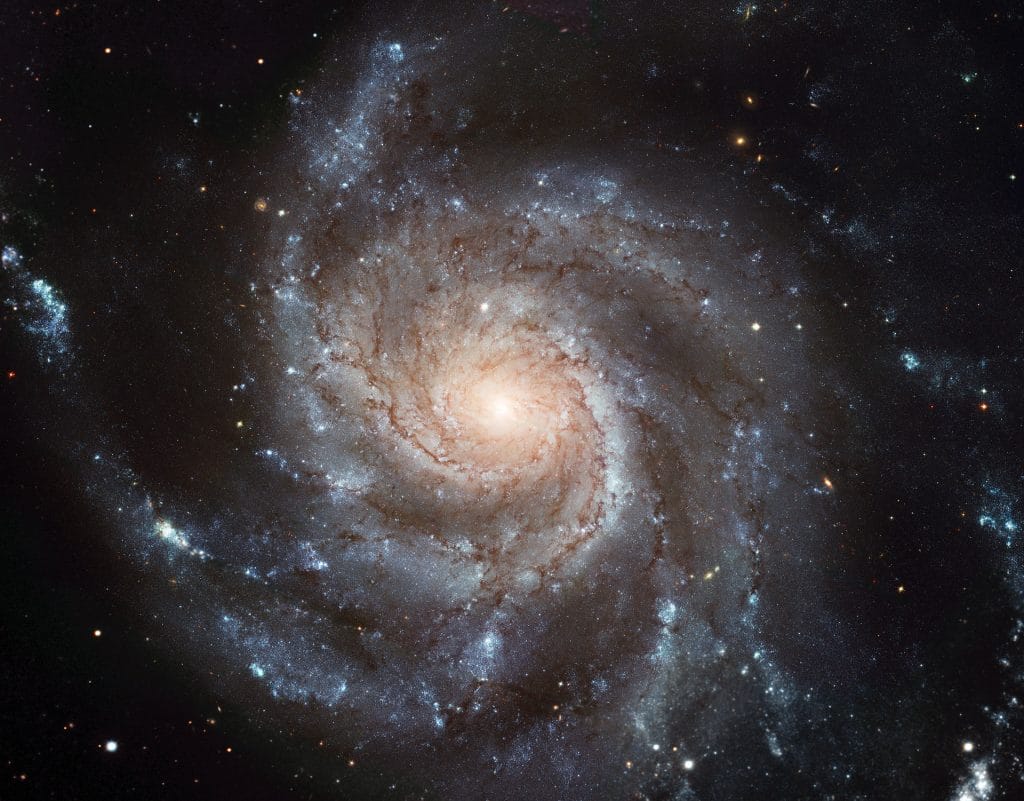
A billion years later, Galaxies, Stars, and Supernovas emerge. For billions of years the universe continues to expand and cool. Hydrogen and helium coalesce into billions of enormous structures: galaxies. Within their galactic homes stars are born, live, and die. As they live, stars transform their hydrogen and helium into heavier elements: carbon, oxygen, aluminium. Many of these stars die and cool slowly to become dark tombs. But the larger stars in their death throes explode, become supernovas, blasting out to the cosmos their precious gifts of iron, phosphorus, potassium, calcium and oxygen. These treasures will be gathered together and supplemented in the life of second-generation stars. Birth, death, and resurrection is an ancient theme of the universe. Supernovas are the mothers of the universe, creating in their wombs the elements of life.
